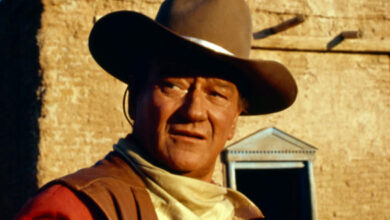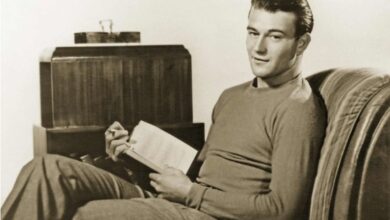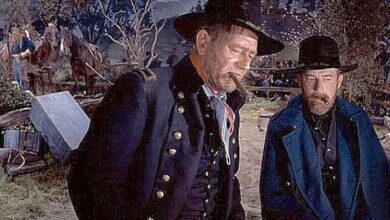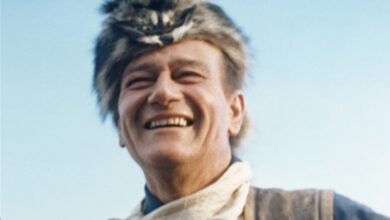John Wayne Allegedly Went Along With His Football Injury Story Because It ‘Looked Good to the Fans’
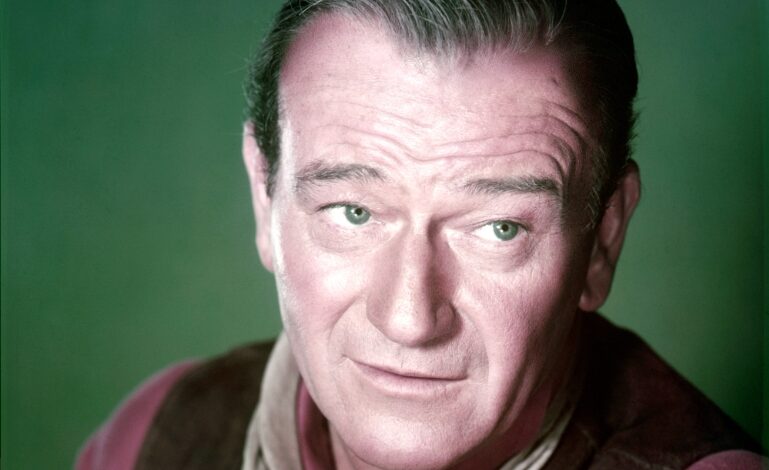
Actor John Wayne went from his young passion for football to becoming a big movie star in Hollywood. However, there are conflicting accounts as to why he dropped away from his potential path to making it huge in the sports scene. Wayne allegedly went along with the story that he had an injury that stopped him from continuing to play football because it was a good story to sell to his fans.
John Wayne played football for USC
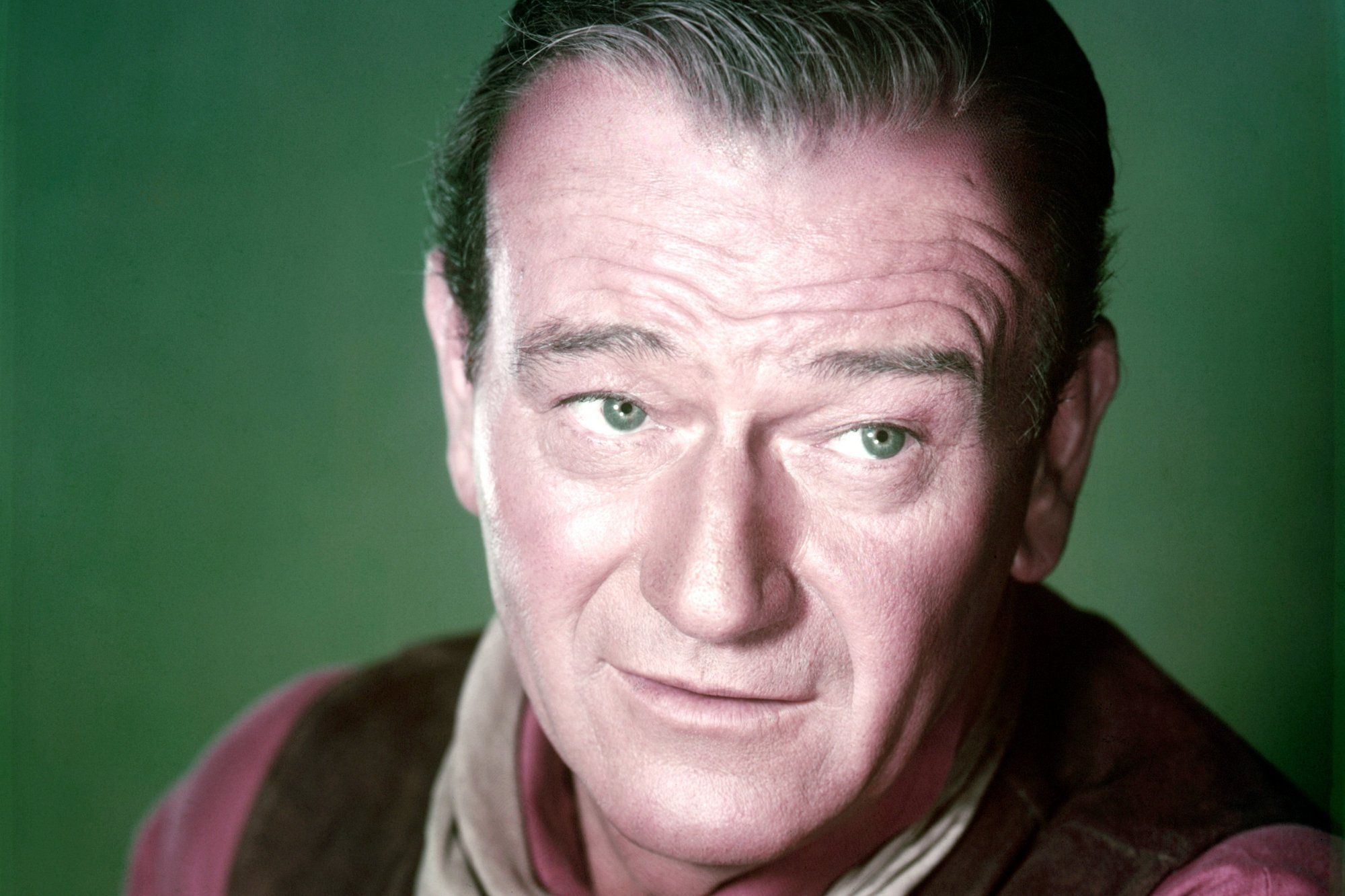
Wayne started playing football on his high school team, along with several other extracurricular activities. He was also on the debate team, the president of the Latin Society, and worked on the school’s newspaper sports column. Wayne earned a prestigious scholarship to the University of Southern California (USC), but things supposedly took a turn for the worse.
According to Michael Munn’s John Wayne: The Man Behind the Myth, the actor’s dream of becoming a famous football player ended when he had a shoulder injury. As a result, he lost his scholarship and had to leave the university. However, some folks surrounding him didn’t quite believe that story.
John Wayne allegedly went along with the football injury story
Munn spoke with actor Woody Strode, who starred as Pompey in The Man Who Shot Liberty Valance, who played for the Los Angeles Rams before making the move into the actor. He didn’t think Wayne was the football star that others advertised him to be.
“Wayne was never a great football player, but somehow he got into the USC’s hall of fame,” Strode said. “I guess becoming the greatest movie star in the world will do that for you.”
Wayne’s coach initially put him as a guard, which required the Duke to be fast on his feet, which he wasn’t. Strode believed that the injury was possible, but “it’s unlikely, almost unthinkable, that a good coach would drop a promising all-American because of one injury. Duke just was not good enough to stay on the team.”
Meanwhile, director Western film director George Sherman worked with Wayne during that time and didn’t see any sign of a “weakened” shoulder. However, he did notice that the actor had other issues.
“By 1939 he was already becoming less agile,” Sherman said. “For one thing, he suffered with back pain. My feeling is that if Duke said he hurt his shoulder, then it was true, but I don’t believe that was the reason he was dropped from the college football team.”
Sherman concluded: “He never could run particularly fast, and if you look at pictures of Wayne up to the time he made The Big Trail [in 1930], you can see that he was tall but not well built, which means he was never going to be a star football player. But it looked good to the fans in those early days to say he was, and it was something Duke was never going to dispute.”
He went into USC’s Hall of Fame and became one of the biggest movie stars
Wayne went on to have a successful movie career after his football days were over. After all, he became one of the biggest Hollywood stars of all time. He was frequently criticized for not being a “real actor” and simply playing himself. Nevertheless, he earned his first Oscar nomination for his leading performance in Sands of Iwo Jima. Wayne later took on the Oscar win for 1970’s True Grit. However, some fans were upset that he didn’t earn a nomination for his final performance in The Shootist.


